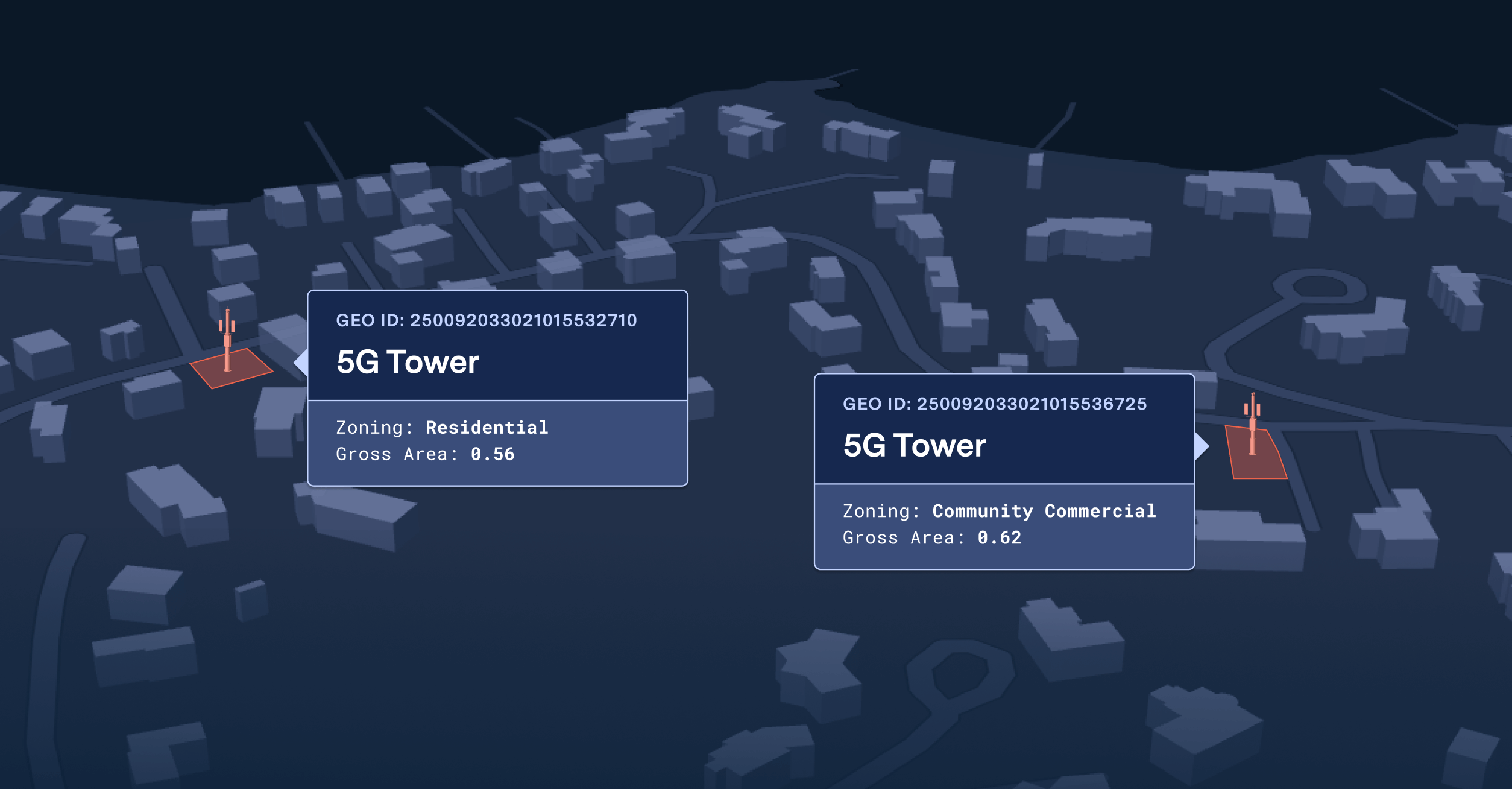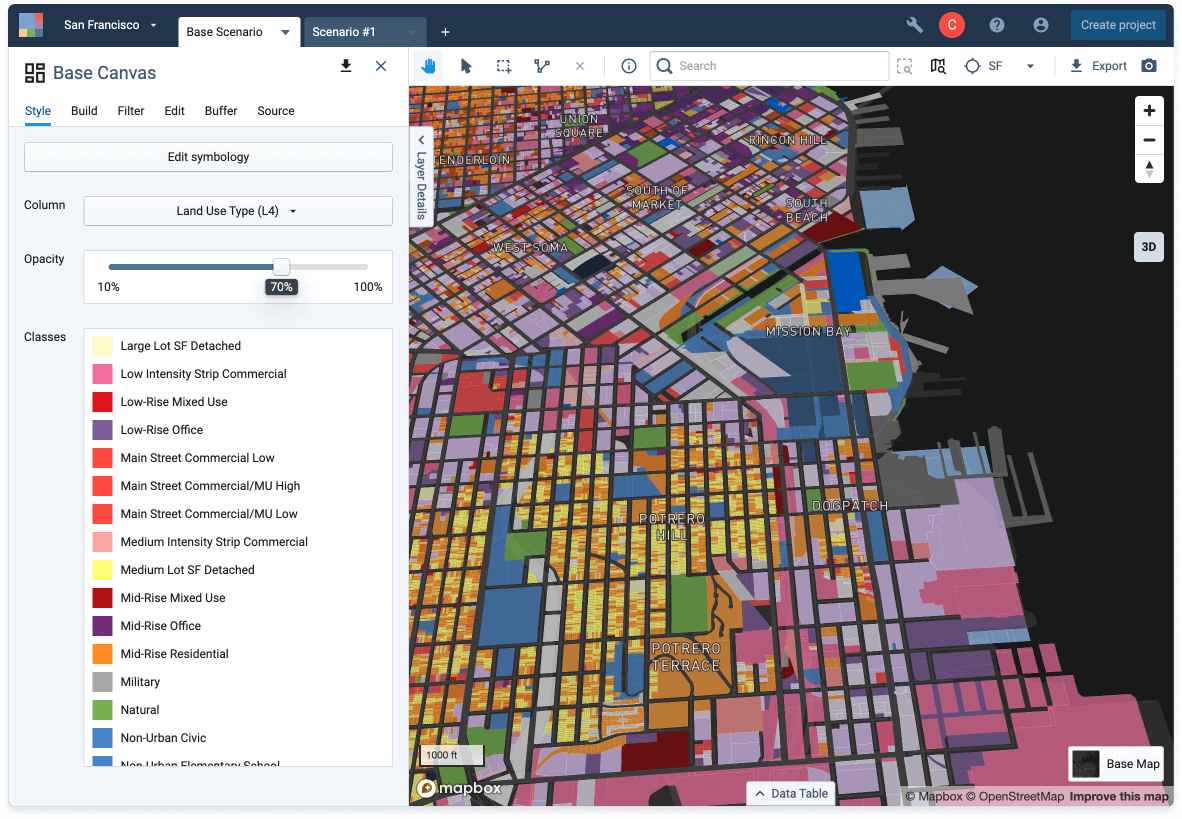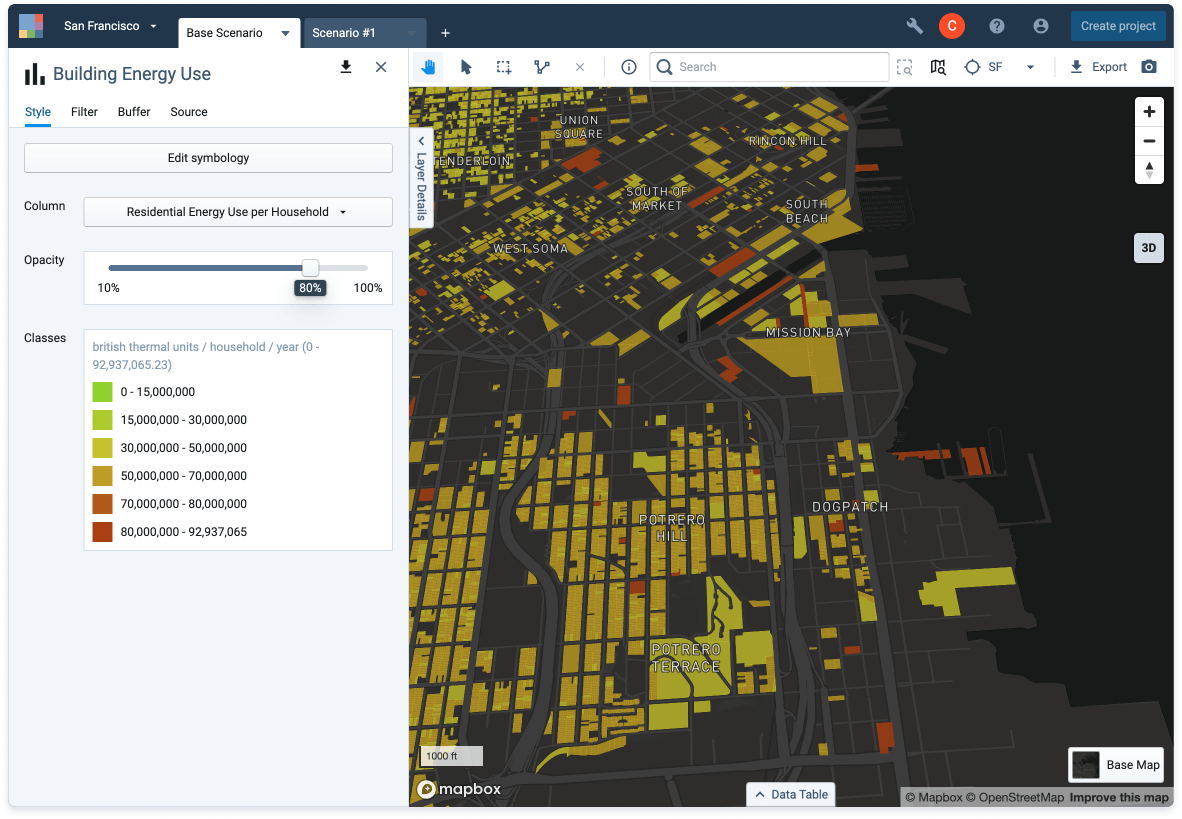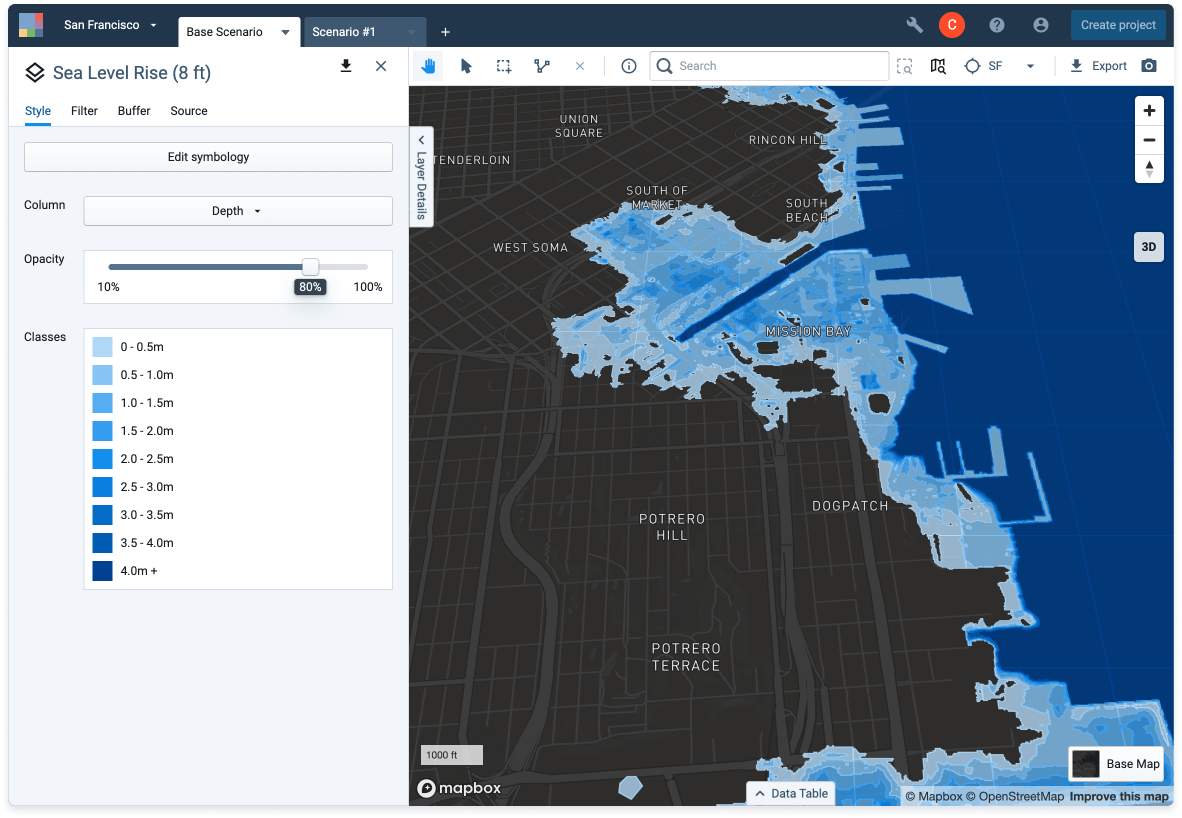
Telecommunications is considered one of the fastest growing industries in the world. In fact, telecoms is expected to expand into a $2,400 billion market by 2028.
Telecom companies are racing to increase coverage areas and build new towers as quickly as possible – and for good reason. As the world becomes more interconnected, things like high-speed connections and better network reliability are in high demand. Technology is also advancing rapidly, requiring different, more sophisticated ways to interconnect.
While still in early adoption, many believe 5G technology is the missing link to future innovation. While it would replace existing networks like 4G and broadband, 5G is not just an upgrade to cellular networks. The revolutionary technology is poised to transform our world as we know it.
5G offers faster connections, lower latency, and higher reliability and will serve as the basis for how machines and technology will interact and function with one another in the future. The applications of 5G are vast, and are expected to take emerging innovations like self-diagnosing robots, autonomous cars, smart cities, and virtual reality to the next level.
But once implemented, 5G technology will also have other more practical applications. Connecting 5G to the cloud will result in continuous connections and revolutionize how our internet functions. Building infrastructure will become ‘smart’, and real-time location analytics will be precise down to the centimeter.
The implications of 5G technology in our day-to-day lives will be significant, particularly for those in rural areas without reliable access to the internet. There are still many areas of the United States without access to reliable internet, but the same is true for vast areas of developing countries.
5G technology is anticipated to bring interconnectivity to areas of the world still off-grid. With reliable internet, areas once closed off from the rest of the world will have access to new opportunities. But to achieve this, telecommunications companies must first build out the vast, interconnected infrastructure required to support 5G technology.
Challenges with 5G Infrastructure and Development
Despite its potential, building and implementing 5G is already proving challenging. Unlike previous network upgrades, 5G requires completely new infrastructure to support the new technology. Not only does existing infrastructure need retrofitting, but networks also need to lay new fiber optic cables in order for 5G networks to function.
As telecommunications companies race to expand coverage to outcompete competition, many are slowed by complicated local zoning codes and unfamiliar land use requirements. When the time comes to change a land use classification for a new base station or increase height limits for a new tower, the momentum telecom companies have spent months (even years!) creating can come to a screeching halt.
The time it takes for a land use entitlement to pass successfully can stretch on for months and even get derailed completely if companies are not prepared. But sometimes a company’s best efforts to research land use classifications and jurisdictional boundaries fall short due to a lack of available data.
When land use data is limited or unavailable, telecom companies hoping to expand quickly can’t adequately evaluate a potential site. Evaluating the risk and resilience of a potential site early is critical for the success of fast moving telecom projects.
To evaluate a potential investment and to ensure the entitlement process go as smoothly as possible, teams should be ready with parcel-level insights, such as:
- Jurisdictional boundaries
- Land use classification hierarchies
- Land cover changes
- Risk of fire or flood
- Community resilience
Missing just a few factors can have costly implications to an investment or project timeline. Without a comprehensive understanding of a potential site, valuable time is lost searching for the missing pieces. Entering the land use entitlement process without these site specific insights can risk lengthy delays that telecom companies can’t afford.
The Benefits of Using Location Analytics to Support the Cell Tower Development
Not only do telecom companies need access to complete parcel-level data, they must also have the ability to analyze the site data quickly. Location analytics solves for this by combining both data and analytics into powerful insights. By leveraging location analytics, telecom teams can quickly work through the entitlement process and be sure of potential new investments.
Read on to discover the benefits of using location analytics during the entitlement process.
1. Quickly gain parcel-level insights

Location analytics captures geospatial data from many different sources, so insights are comprehensive and accurate. This is especially helpful when local data is incomplete, and valuable time is spent searching for the missing pieces. With location analytics, telecom teams can quickly learn about the existing conditions of a potential site.
Everything from land use type, irrigated area, employment mix, building area, intersection density, and more can be analyzed for a specific site when using location analytics. These insights can help telecom teams visualize a clear path forward while making complicated land use decisions.
2. Analyze risk and resilience factors of a site

While many land use cases pass without much community involvement or opposition, there are other cases that do. Often it’s hard to predict whether a neighborhood will become involved, so it’s important for telecom teams to be prepared with data about the community before engaging. More than that, understanding the environment and community around a site can help teams evaluate the risk and resilience of an infrastructure investment.
By using location analytics, teams can gain insight into various community resilience factors of a particular site. Factors like average household expenses associated with energy, the estimated electricity usage for nearby residential and commercial buildings, or even calculated emissions associated with energy use for the area can be useful pieces of information for engineering teams.
3. Plan future site development

Sometimes analyzing existing conditions cannot accurately answer more complex questions, like how a site might be impacted by effects of climate change, or what the impacts of future development could have on a new cell phone tower site. For instance, if the area surrounding a potential tower site is primed for future residential and commercial development, the plans for the new tower may need to change to accommodate the future increase in usage.
Location analytics allows telecom teams to better understand how future land use changes could impact their investments. Because the data is dynamic, teams can also plan new developments and even redevelop existing sites in virtual scenarios to gain a better understanding of a site’s usable potential.
Summary
As some of the largest telecommunication companies race to claim their stake and increase coverage area, data must become an integral part of this process. The land use entitlement process can stall progress if teams are not armed with details about a particular site. By using location analytics to quickly assess potential new sites and shorten the entitlement process, telecom companies will save valuable time and resources.
As a leading provider of data intelligence, UrbanFootprint works with telecommunications companies at the enterprise level to provide direct data delivery and workflow solutions to help teams quickly work through the entitlement process.
Learn how UrbanFootprint’s Analyst solution can help your team through the land use process.








